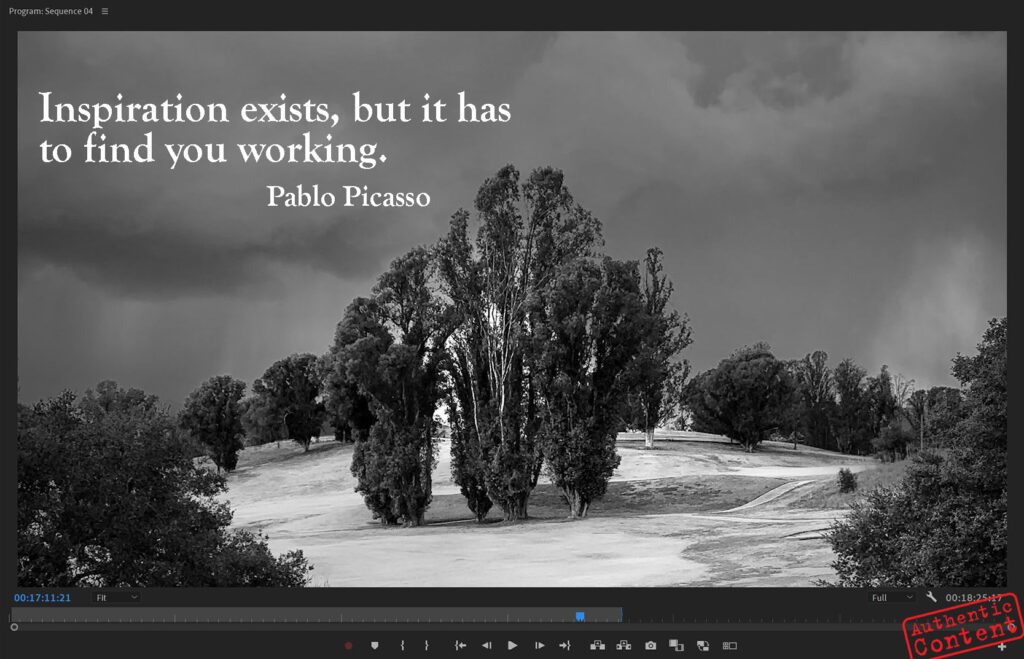These are some of the things I have posted to various social media sites to promote my business. I think it important to be relevant to the audience, to show a bit of my personality when possible and to always be positive in attitude.
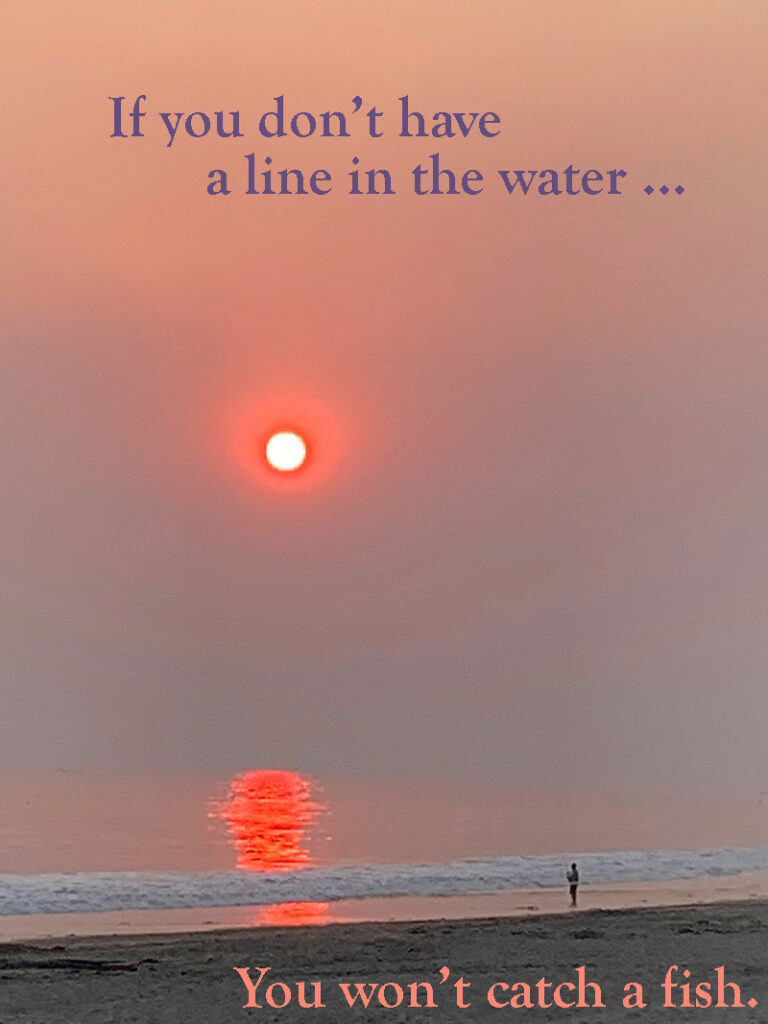

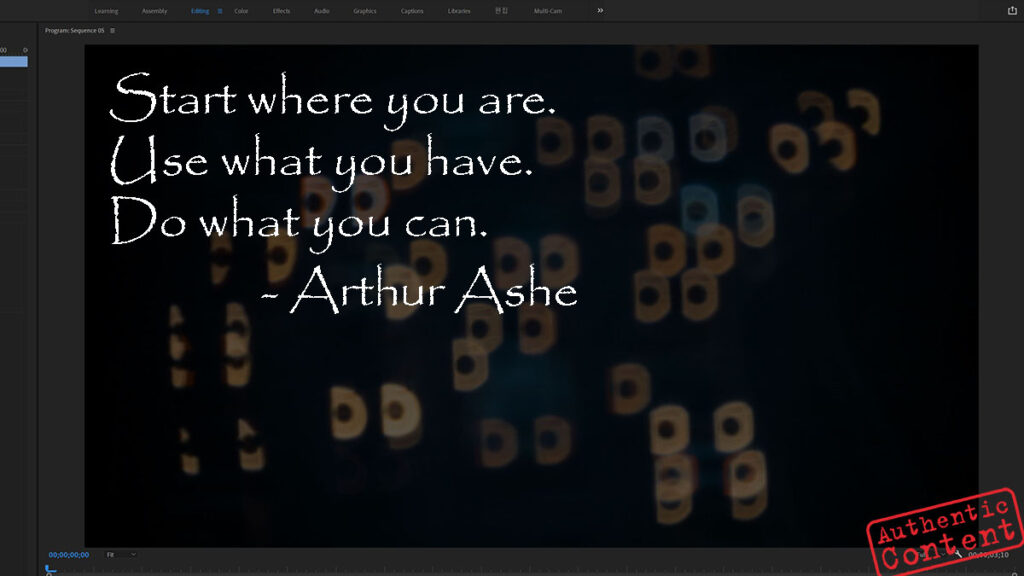
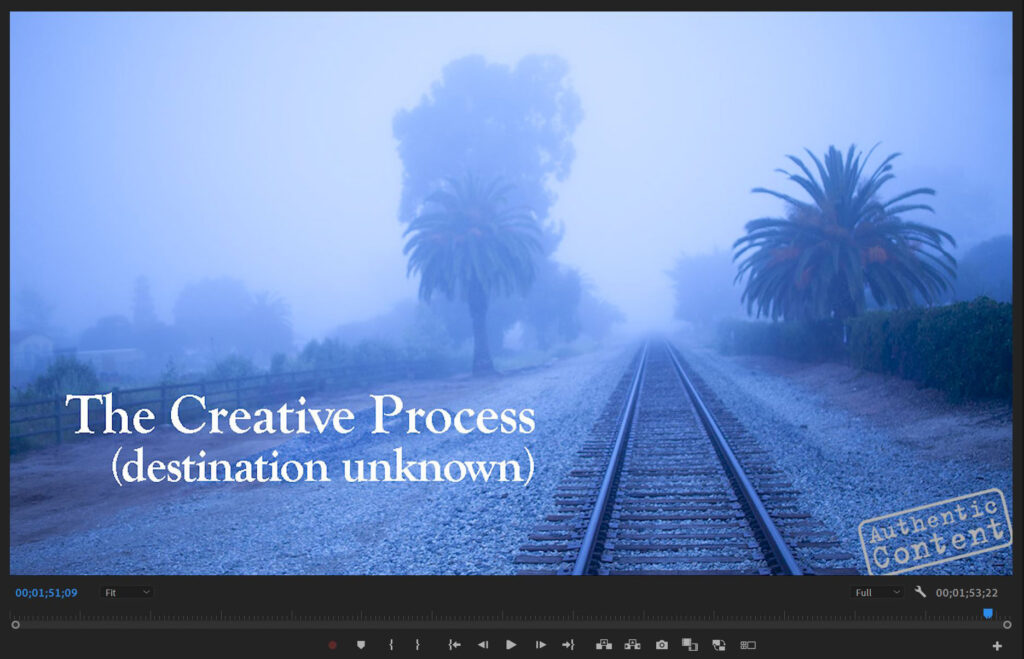
The process varies for each of us but has one distinct desired similarity that we thrive on – destination unknown. There are a variety of tricks and techniques to get us there – your pets name and the street you grew up on to get your pseudonym, for instance – but for the most part it is a matter of experience and education blending with trust of your instincts. Creatives of all sorts, entrepreneurs (and aren’t we all), art directors, designers, screen writers, directors, photographers and even the occasional incredibly good account person all have the ability to go forward with little information, learn or define along the way, and create something fresh, something that pleases them and those who interact with it.
To be creative is to trust your gut. To take all the “What ifs…” that you come up with and make a decision that This One is right. Finding that it isn’t The One after all and changing course is simply what sometimes happens.
Each project is a journey. Enjoy the ride.

Teddy Roosevelt at The Sorbonne, in 1910:
“It is not the critic who counts; not the man who points out how the strong man stumbles, or where the doer of deeds could have done them better. The credit belongs to the man who is actually in the arena, whose face is marred by dust and sweat and blood; who strives valiantly; who errs, who comes short again and again, because there is no effort without error and shortcoming; but who does actually strive to do the deeds; who knows great enthusiasms, the great devotions; who spends himself in a worthy cause; who at the best knows in the end the triumph of high achievement, and who at the worst, if he fails, at least fails while daring greatly, so that his place shall never be with those cold and timid souls who neither know victory nor defeat.”
A bity of a history lesson follows.
On April 23, 1910, Theodore Roosevelt gave what would become one of the most widely quoted speeches of his career. The former president was on a tour of Northern Africa and Europe, attending events and giving speeches in places like Cairo, Berlin, Naples, and Oxford. He stopped in Paris on April 23, and, at 3 p.m. at the Sorbonne, before a crowd that included, according to the Edmund Morris biography Colonel Roosevelt, “ministers in court dress, army and navy officers in full uniform, nine hundred students, and an audience of two thousand ticket holders,” Roosevelt delivered a speech called “Citizenship in a Republic,” which, among some, would come to be known as “The Man in the Arena.” A portion of that speech is that which is quoted above.
For those of us who get the presidential Roosevelts, Teddy and Franklin, confused, two distantly related branches of the family from Oyster Bay and Hyde Park, New York, rose to national political prominence with the presidencies of Theodore Roosevelt (1901–1909) and his fifth cousin Franklin D. Roosevelt (1933–1945), whose wife, First Lady Eleanor Roosevelt, was Theodore’s niece with eight generations of Roosevelts separating the two, Eleanor and Franklin.
Teddy was a leader of the progressive movement in the Republican Party and championed his “Square Deal” domestic policies, promising the average citizen fairness, breaking of trusts, regulation of railroads, and pure food and drugs. He prioritized conservation and established national parks, forests, and monuments intended to preserve the nation’s natural resources. His successful efforts to broker the end of the Russo-Japanese War won him the 1906 Nobel Peace Prize.
Franklin was a Democrat and took office in the midst of the Great Depression. He spearheaded the New Deal – a variety of programs designed to produce relief, recovery, and reform – and created numerous programs to provide relief to the unemployed and farmers. He also instituted major regulatory reforms related to finance, communications, and labor, and presided over the end of Prohibition.
Franklin won a landslide reelection in 1936. After the election, he sought passage of the Judicial Procedures Reform Bill of 1937 (or “court packing plan”), which would have expanded the size of the Supreme Court. The bill was blocked by the newly formed bipartisan Conservative Coalition. The economy then relapsed into the recession of 1937–1938. Other major 1930s legislation and agencies implemented under Roosevelt include the Securities and Exchange Commission, the National Labor Relations Act, the Federal Deposit Insurance Corporation, Social Security, and the Fair Labor Standards Act.
It is amazing how much, and how little, things change over time.
The Sorbonne dates back to 1253. From the American perspective, that is a long freakin’ time ago, five hundred years before our Revolutionary war that, by the way, France was instrumental in helping the colonists win.
O.K., there’s your history lesson for the day. Back to work.

I had to have a new name for my video production business. This goes back to about 2015 and I had just been told that the current name of my then fledgling company was geographically limiting. True enough. Never use the name of your town in a national or global enterprise unless you are a very significant part of the ownership of that town.
So, I’m driving, this is southern California after all, and I come up with “Authentic Content” and think, wow, that’s about perfect for my niche of real people and real situations and real need. Hmmm, I think, I wonder if that domain is available.
Arriving home, I rush to the computer, pull up GoDaddy where I’ve been hosted for years, and input “AuthenticContent.com”. It’s available! For a price. Of four hundred plus thousand dollars. Ouch. Not gonna happen. How about other suffixes? .tv? Nah, TV has all the wrong connotations in our connected world. .net? Well, I do like networking, but that isn’t quite right, either. How about .us? Authentic Content in America? Authentic Content that is us? I really like that. The price of twenty bucks was friendly, too.
So I’ve got a name that is too generic to be trademarked – went through the whole trademark office procedure and expense only to be told that it was not unique enough to be trademarked. Next best is to register a logo. So a logo is needed, of course.
Content, to me, is what’s inside the box. From that, we must be shipping something. Therefore, we need a stamp on the box, alerting all to what is inside, or approving it for transit. It could be sticker, or better, a rubber stamp.
I noodled around enough with a boundary line and a few fonts to realize that I am not a designer. There comes a point where one must acknowledge one’s own limitations. It helps that I do know some exceptionally talented designers and I chose a good friend, Dean Van Eimeren, to have his way with it. My brief to him was … brief. I sent him what I had done, said I wasn’t happy with it, and that I would be thrilled with whatever he came up with, no revisions would be needed.
Of course, Dean changed everything. The boundary line got perfectly radiused corners, the font felt well traveled, and the chew to it all made it even more so. The color, a shade of red that is bright but not too so, is fitting.
If you need a designer for your brand: www.vanetc.com.
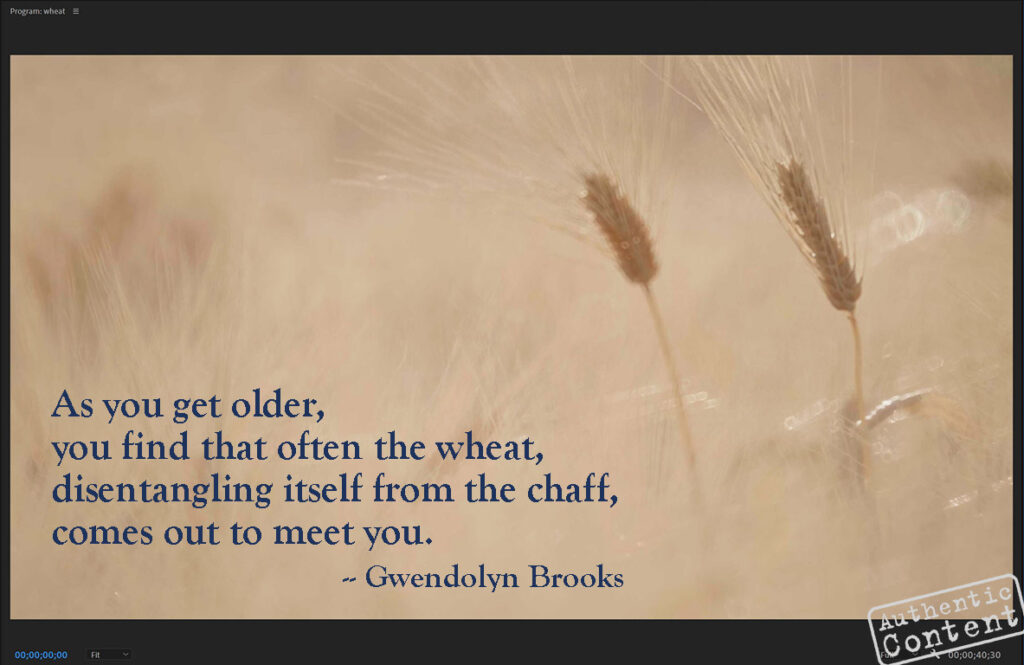
Gwendolyn Elizabeth Brooks was an American poet, author, and teacher. Her work often dealt with the personal celebrations and struggles of ordinary people in her community. She won the Pulitzer Prize for Poetry on May 1, 1950, for Annie Allen, making her the first African American to receive a Pulitzer Prize.
Annie Allen (1949) was Gwendolyn Brooks’ second poetry collection, published by Harper & Brothers on August 24, 1949, when she was 32 years old. Inspired by the epic poetry of Homer’s Iliad and Virgil’s Aeneid, it tells the story of a Black Chicago girl who grows into womanhood and motherhood.
